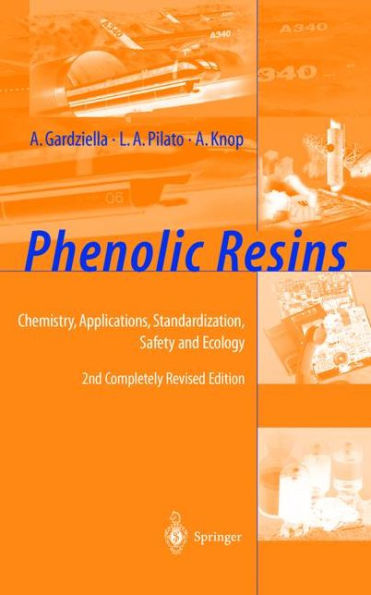5
1
9783540655176



Phenolic Resins: Chemistry, Applications, Standardization, Safety and Ecology / Edition 2 available in Hardcover, Paperback

Phenolic Resins: Chemistry, Applications, Standardization, Safety and Ecology / Edition 2
- ISBN-10:
- 3540655174
- ISBN-13:
- 9783540655176
- Pub. Date:
- 08/05/2004
- Publisher:
- Springer Berlin Heidelberg
- ISBN-10:
- 3540655174
- ISBN-13:
- 9783540655176
- Pub. Date:
- 08/05/2004
- Publisher:
- Springer Berlin Heidelberg

Phenolic Resins: Chemistry, Applications, Standardization, Safety and Ecology / Edition 2
$499.99
Current price is , Original price is $499.99. You
499.99
In Stock

Product Details
| ISBN-13: | 9783540655176 |
|---|---|
| Publisher: | Springer Berlin Heidelberg |
| Publication date: | 08/05/2004 |
| Edition description: | 2nd completely rev. ed. 2000 |
| Pages: | 566 |
| Product dimensions: | 6.14(w) x 9.21(h) x 0.05(d) |
From the B&N Reads Blog
